Unleash the Power of Google Shopping’s Free Product Listings: Your Ultimate Guide
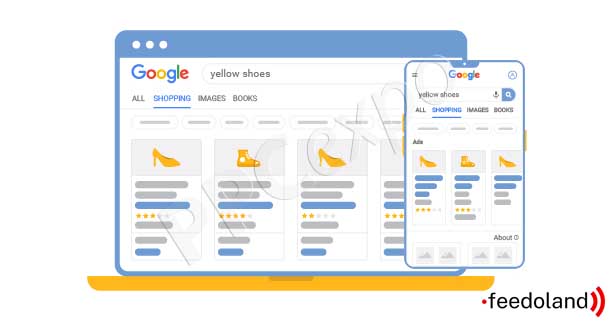
Absolutely! In the rapidly evolving world of e-commerce, Free Product Listings on Google Shopping stand as a groundbreaking innovation for online merchants. Launched in 2020, this program fundamentally altered the landscape by offering sellers a zero-cost avenue to enhance the visibility and discoverability of their product range. Originally, this feature was limited to the Google Shopping tab and Google Search, but it has since seen a significant expansion, now permeating multiple platforms across Google’s extensive network. Offering a cost-effective, organic way to reach a broader customer base, these free listings have become a cornerstone for savvy online sellers. This article serves as your comprehensive guide, diving deep into the program’s nuts and bolts, showing you how to kick-start your journey, and sharing crucial tips for maximizing the impact of your listings. So if you’re looking to up your e-commerce game without splurging on ads, read on!.
Understanding the Mechanics of Google's Free Product Listings
When you hear about something free, especially in the competitive world of e-commerce, it’s easy to be skeptical. But Google’s Free Product Listings are an authentic, zero-cost opportunity for merchants to display their products across Google’s various platforms. So, how does this golden ticket to organic exposure work?
Firstly, it’s essential to understand that these free listings are not pay-to-play; they’re organically displayed based on a range of factors, including the quality of your product data and search relevancy. Much like your website doesn’t have to pay to appear in Google Search, your products can organically grace screens via multiple Google channels. But remember, this doesn’t assure guaranteed visibility. Your listings’ appearance is highly dependent on the quality of your product information and its relevance to what consumers are actively searching for.
So where do these free listings show up? The expansive coverage includes Google’s Shopping tab, Google Images, Google Search, and even YouTube. If you have a Google Merchant Center (GMC) product feed, that information serves as the basis for where your products can be displayed. The Shopping tab, once a fortress of sponsored content, now accommodates free listings sorted by search relevancy. Google Images can feature your product at the top of search results, adorned with a ‘product’ label. In Google Search, rich snippets can offer consumers a little extra context about your product, enhancing click-through rates. And let’s not forget YouTube, where your products can appear beneath related videos, capturing the attention of an audience already interested in related content.
In summary, understanding the mechanics of Google’s Free Product Listings is crucial for maximizing your online visibility and customer reach. All it takes is quality data and a well-optimized Google Merchant Center account to make the most of this cost-effective marketing strategy.
Where do Google's complimentary listings show up?
If you’re an e-commerce merchant aiming to amplify your online footprint, it’s critical to grasp where Google’s Free Listings could potentially showcase your products. These free listings are not restricted to a single channel; they have a broad reach that spans multiple Google platforms, offering your brand a diversified visibility spectrum.
First stop, the Google Shopping tab. This space was once monopolized by sponsored product ads and commission-based listings. Not anymore. Now, your products have the chance to appear organically, ranked purely by their search relevancy. And if you’re part of Google’s free local product listings, you even get to display store-specific information like directions and store hours to local customers.
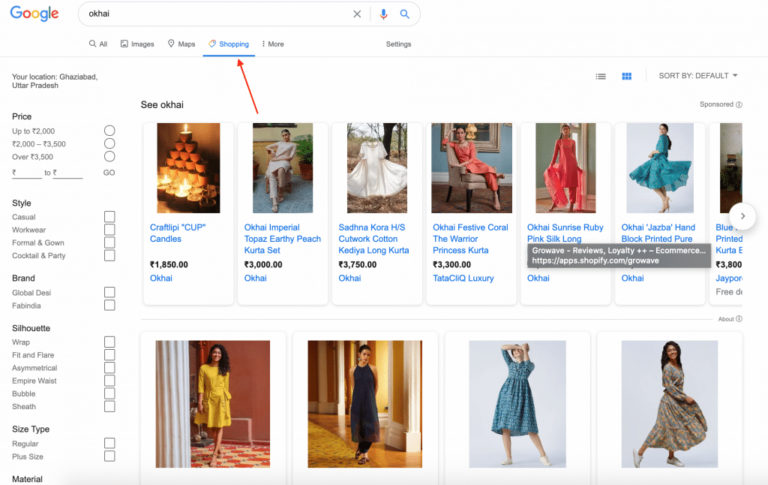
Google Search is another lucrative platform. Your free listings can appear as rich results, offering additional context like pricing and ratings. Two specialized sections—Popular Products and the Shopping Knowledge Panel—further expand opportunities for your products to shine. Popular Products, although currently only available on mobile in the U.S., is dedicated to trending apparel and accessories. The Shopping Knowledge Panel, on the other hand, provides a spotlight for a specific product, including details from various retailers.
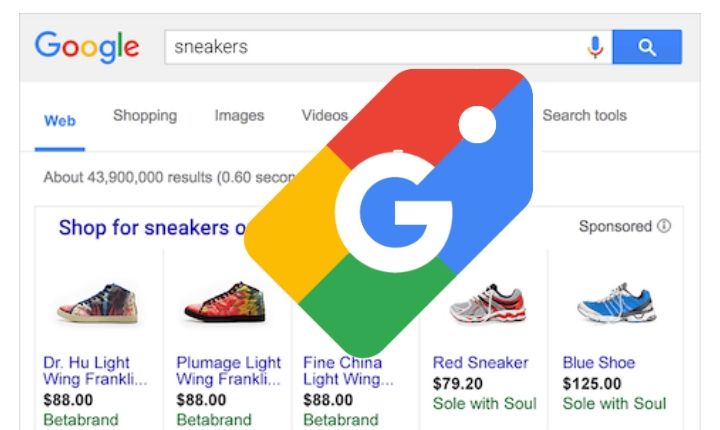
Last but not least, YouTube offers an avenue for your products to be displayed under related videos. Imagine a user watching a how-to video on skincare; your related skincare product could show up right beneath, ready to click and purchase.
Understanding where your products could appear is vital for leveraging Google’s Free Listings. This feature is an unmissable opportunity to diversify your exposure and reach potential customers where they already are: on Google’s multiple platforms.
How to Get Started
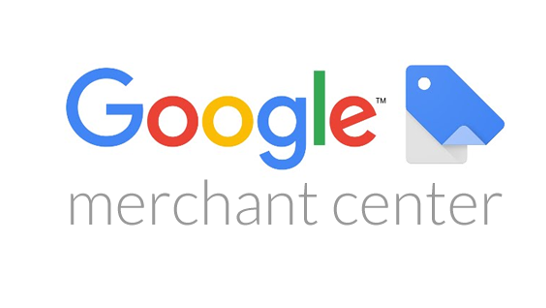
Kicking off your journey into the realm of Google’s Free Listings is remarkably straightforward, yet it’s an essential step to unlocking untapped channels for organic growth. Let’s break down the initial setup so you can start reaping the benefits without any hitches.
First things first, you’ll need to have a Google Merchant Center (GMC) account. If you’re a newcomer, don’t sweat it—creating an account is a quick and painless process. For those who already have a GMC account, you’re already one step ahead. Either way, the next move is to opt into free listings.
Navigate to the “growth” section on the left sidebar of your GMC dashboard. Here, you’ll find an option to “manage programs.” Click it, and then go ahead and click “get started” under the free product listings category. Follow the guided setup, and you’ll soon be ready to roll.
What are the key checkboxes you need to tick for eligibility? Well, they’re not too daunting:
– Adhere to Google’s policies for free listings and shopping ads.
– Feature your company’s return policy on your website and include it in your Merchant Center Account.
– Add a link to your shipping policy in your Merchant Center Account.
Having the right product attributes is also vital, covering elements like product ID, title, landing page link, primary image, and others. Make sure these details are up-to-date and sync well with the information listed on your website.
So there you have it, a quick and easy guide to setting up your Google’s Free Listings. This is more than just a setup; it’s your ticket to scaling your online presence and boosting your e-commerce business. Get started now and don’t miss out on this golden opportunity!
Unleashing the Full Power of Google's Free Listings
f you’re looking to seriously amplify the results of your Google Free Product Listings, fine-tuning your approach is essential. Don’t just stop at listing your products—go above and beyond to ensure that every listing is a conversion magnet. Here’s how to maximize your impact:
Up-to-Date Account Information: Consistency is key. Ensure your Google Merchant Center (GMC) data aligns perfectly with the product information on your website. A discrepancy can affect user trust and subsequently, your listing performance.
High-Quality Product Feeds: Invest time in curating impeccable product feeds. High-quality, detailed, and accurate data is a major influencer in how well your products perform organically.
SEO Best Practices: Google itself recommends adhering to SEO guidelines to improve your website’s visibility. This directly contributes to how well your listings perform.
Google Customer Reviews: Opt into Google Customer Reviews to not only enhance your product listing but also to boost your eligibility for seller ratings. High ratings equal high trust, and high trust equals higher conversions.
Linking Accounts: If you have a Google Business Profile or sell through third-party platforms, make sure to link these to your GMC account. The more interconnected your online presence, the better your listings will perform.
Web Analytics: Integrate a web analytics tool with your Merchant Center to track the efficacy of your free listings. Insights can be gold when you’re looking to improve.
By implementing these strategic moves, you’re not just participating in Google’s Free Listing program; you’re dominating it. Optimize every facet of your listings and you won’t just attract more eyes on your products, you’ll turn those views into valuable conversions. It’s time to make Google’s network your playground for e-commerce success.
Synergizing Free and Paid Listings: A Strategy for E-Commerce Domination
In today’s highly competitive e-commerce landscape, the key to success is not just in gaining visibility but in dominating the digital storefront. One might wonder, “Why bother with paid Google Shopping ads when free listings offer a cost-effective avenue?” The answer lies in the strategic blend of both. According to Google, pairing free listings with paid ads can work wonders for your online presence.
Increased Clicks: Merchants who embraced both free listings and paid ads witnessed an impressive 50% increase in clicks. These are not just any clicks; they are potential conversions waiting to happen.
Double the Impressions: It’s not just about clicks; it’s also about how often your product appears before the consumer. Leveraging both free and paid listings can actually double your impressions. A higher visibility quotient naturally attracts more clicks, and ultimately, more sales.
Sales Funnel Domination: Utilizing free listings along with paid ads allows you to occupy more real estate in the search results, especially at the bottom of the sales funnel where conversion decisions are made. This effectively sidelines competition, making your products more enticing to the consumer.
Enhanced Product Discovery: By leveraging both channels, you can also diversify the type of products displayed. While paid ads can focus on high-margin products, free listings can introduce consumers to a broader product range.
Maximized ROI: Think of free listings as an organic lead generation tool that complements your paid efforts. This dual approach helps you optimize ROI by targeting a broader audience without investing extra capital.
Competitive Edge: Lastly, this synergistic approach helps you stay ahead of competitors who might be solely relying on one type of listing, making your online store a go-to destination for a diverse product range.
So, why choose when you can have the best of both worlds? Synergizing free and paid listings provides a holistic approach to market reach, delivering both quantity and quality in customer engagement. It’s not just about surviving in the e-commerce jungle; it’s about thriving and rising to the top.
Metrics and Analytics: Measuring the Impact of Your Free Listings
In today’s data-driven landscape, monitoring the performance of your Google Free Product Listings is indispensable for optimizing your ecommerce strategy. It’s not just about deploying your listings and waiting for magic to happen; it’s about tracking, measuring, and refining based on real-time data.
Auto-Tagging Feature: Google recently introduced auto-tagging to help merchants effortlessly track the performance of their free listings across all eligible platforms within Google’s network. By toggling the “auto-tagging” setting to ‘on’ in your Google Merchant Center (GMC), you can link it directly to your web analytics tool.
Conversions and Click-Through Rates: The auto-tagging functionality allows you to isolate the performance of your free listings in terms of conversions and click-through rates. This is especially useful in understanding how these unpaid listings contribute to your overall sales funnel.
Performance Dashboard: Within GMC, a specialized dashboard gives you a snapshot of the basic metrics related to your free listings. This includes metrics like impressions, clicks, and even geographical data.
Google Analytics: For a more comprehensive view, you can link your Google Analytics account to track organic traffic specifically from your Google Shopping free listings. This could help you understand user behavior, such as how much time they spend on your product pages and the paths they take through your website.
ROI Assessment: One of the most critical metrics is the Return on Investment (ROI). Given that these listings are free, any revenue generated can be considered a positive ROI. However, don’t forget to account for the time and resources spent on managing and optimizing these listings.
Ad Campaign Synergy: Being able to measure the performance of your free listings alongside your paid campaigns provides a holistic view of your digital marketing efforts. This data allows you to identify gaps, discover opportunities, and potentially reallocate resources for maximum impact.
Customer Insights: Finally, metrics from free listings can offer invaluable customer insights. Knowing what products get the most clicks or what search terms lead customers to your store can inform future inventory and marketing decisions.
In a nutshell, the metrics and analytics for your Google Free Product Listings are not just numbers but actionable insights that can be leveraged for strategic decision-making. Don’t just list, listen to what the data is telling you.
The Power Duo: Combining Free Listings with Paid Ads for Unbeatable Results
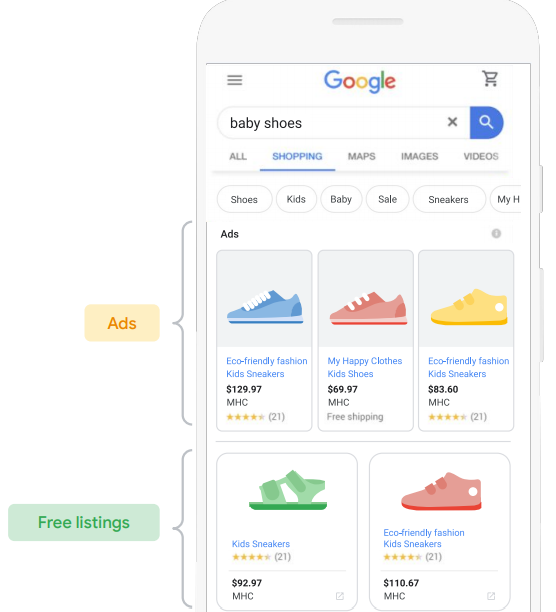
In today’s hyper-competitive e-commerce landscape, standing out is more crucial than ever. Enter Free Google Product Listings, an invaluable tool that offers e-commerce businesses a plethora of compelling advantages. Let’s dissect some of these benefits:
Zero-Cost Exposure: The most immediate advantage is cost-efficiency. Free listings require no upfront payment, giving small and medium businesses an economical route to get their products in front of millions of eyeballs.
Enhanced Organic Reach: Forget the expensive CPCs (Cost-Per-Click) for a moment. With free listings, you’re organically appearing in various Google platforms like Google Search, Google Images, and even YouTube, which broadens your reach considerably.
Trust Building: When your products appear in Google’s organic search, it lends a sense of legitimacy and trustworthiness to your brand. It’s like getting an implicit nod of approval from Google itself.
SEO Advantages: These listings can act as a supplement to your SEO efforts. They create additional touchpoints for your products to be discovered, hence increasing your chances of ranking higher in organic search results.
Local Exposure: Through Google’s local product listings, your items could appear to local customers complete with valuable information such as store directions, hours, and product availability, making it easier to attract foot traffic.
Market Insights: Free listings also mean free data. By analyzing how your products are performing in these listings, you can gain valuable insights into customer preferences and behaviors, helping you make data-driven decisions.
Highly Targeted: The listings are tailored to user queries, meaning that people who see your products are already interested in your category or are in the market for similar items. This increases the chances of conversion significantly.
Complements Paid Advertising: Think of free listings as a smart backup singer that complements the lead vocals, i.e., your paid ads. They can fill in the gaps, catch attention, and even drive conversions, especially when used in tandem with a well-optimized ad campaign.
Risk Mitigation: If your paid ad campaigns are not performing as expected, or you need to cut down on marketing spends, your free listings act as a safeguard, ensuring you don’t disappear from the marketplace.
Global Reach: Last but not least, Google’s expansive network offers an opportunity for international exposure, thereby providing a platform for potential global expansion without the hefty price tag.
In summary, Free Google Product Listings offer a comprehensive set of benefits that can elevate your e-commerce business to new heights. Whether you’re a newcomer or an established player, ignoring this cost-effective and powerful tool could mean missing out on lucrative opportunities.
